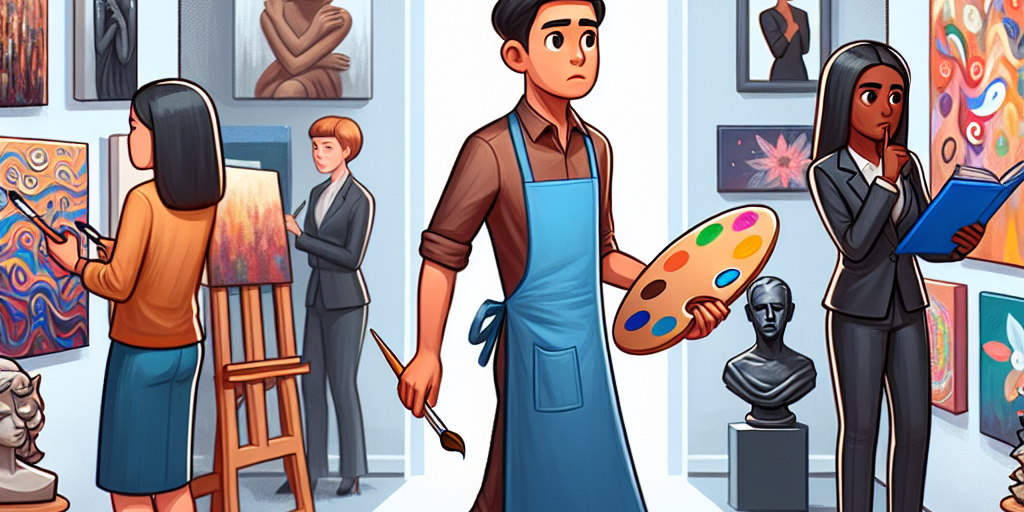Art investment is a rapidly growing and increasingly popular way to diversify your investment portfolio. As the value of traditional investments such as stocks and real estate continue to fluctuate, more and more investors are turning to art as a stable and potentially lucrative alternative.
If you’re new to the world of art investment, it can be a daunting and overwhelming process. However, with the right knowledge and guidance, building a successful art portfolio can be a rewarding and profitable endeavor. Here are some tips for beginners looking to get started in art investment:
1. Do Your Research: Before diving into the world of art investment, it’s important to do your homework. Research different artists, styles, and movements to get a better understanding of what type of art you want to invest in. Look at historical prices and market trends to see which artists are in demand and have potential for growth.
2. Set a Budget: Like any investment, it’s important to set a budget for your art purchases. Determine how much you are willing to spend and stick to it. Remember, art investment can be a long-term venture, so be prepared to hold onto your pieces for several years before seeing a return on your investment.
3. Work with a Professional: If you’re new to art investment, consider working with a professional advisor or art consultant who can help guide you through the process. They can provide valuable insights and recommendations on which pieces to invest in and how to build a diverse and profitable art portfolio.
4. Buy What You Love: While it’s important to consider the potential return on investment when buying art, it’s also essential to buy pieces that you truly love and enjoy. Investing in art should be a passion project, so make sure to choose pieces that bring you joy and fulfillment.
5. Diversify Your Portfolio: Just like with any investment portfolio, it’s important to diversify your art collection. Invest in a mix of established and emerging artists, different styles and mediums, and a range of price points to minimize risk and maximize potential returns.
6. Stay Informed: The art market is constantly evolving, so it’s important to stay informed and up-to-date on market trends, auction results, and artist news. Attend art fairs, galleries, and auctions to network with other collectors and industry professionals and keep your finger on the pulse of the market.
Building a successful art investment portfolio takes time, patience, and dedication. By following these tips and staying informed, beginners can set themselves up for a potentially lucrative and rewarding investment journey in the world of art.







